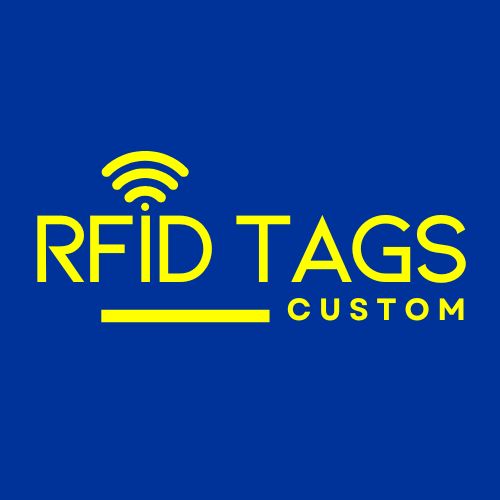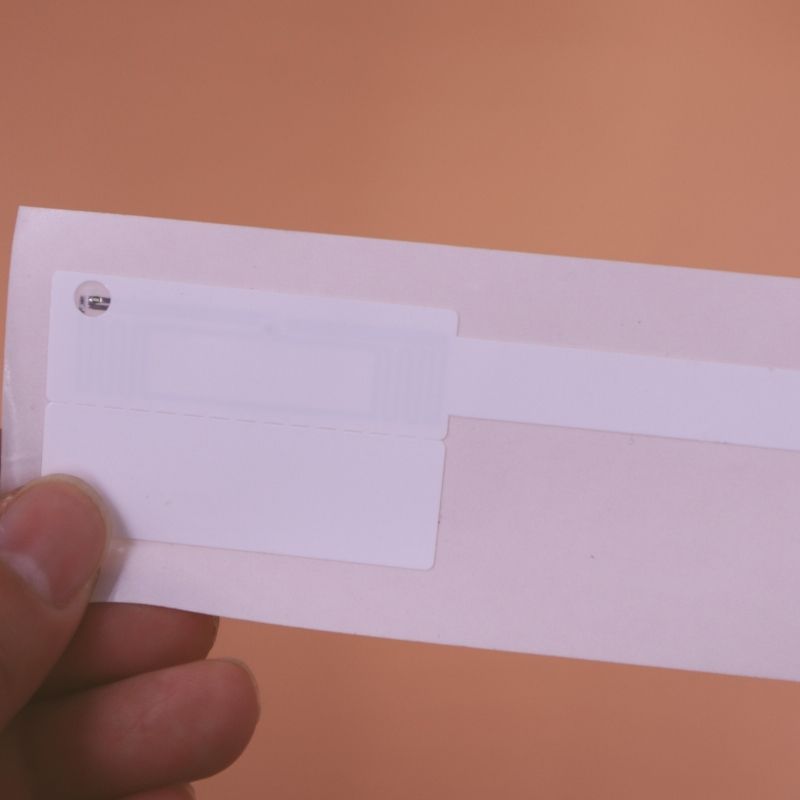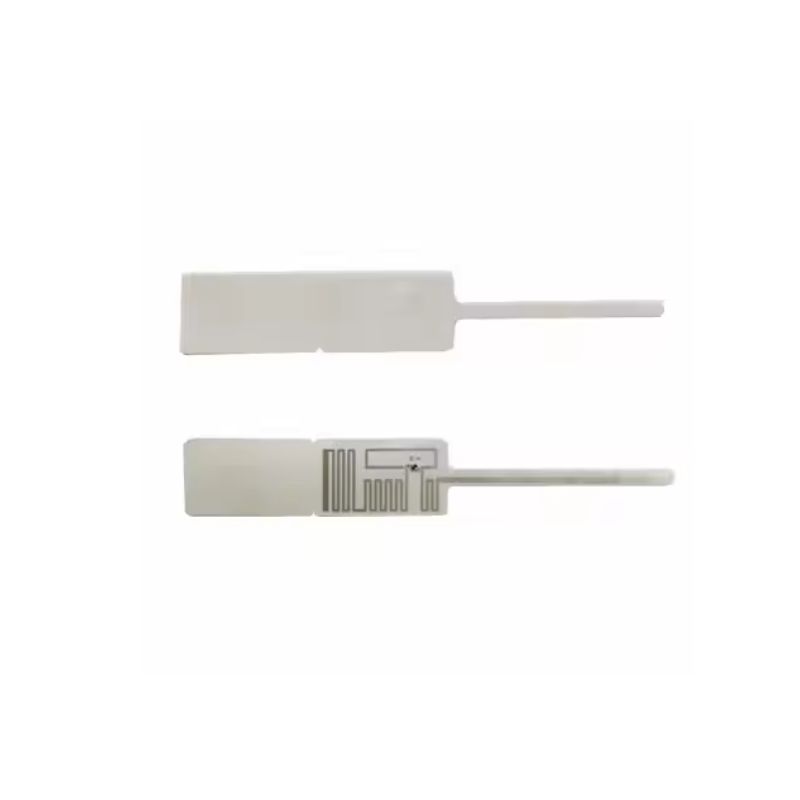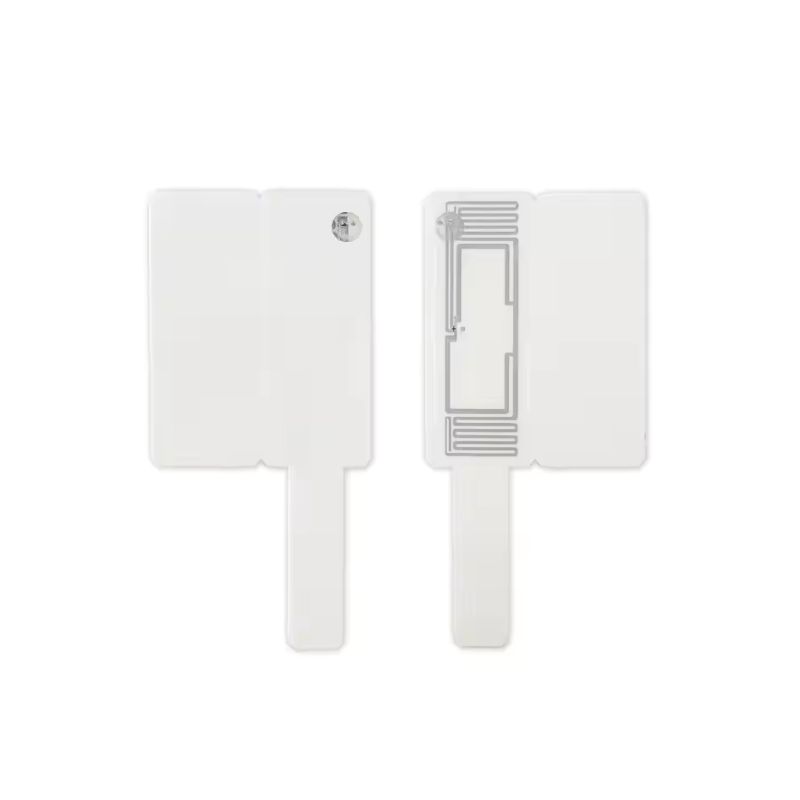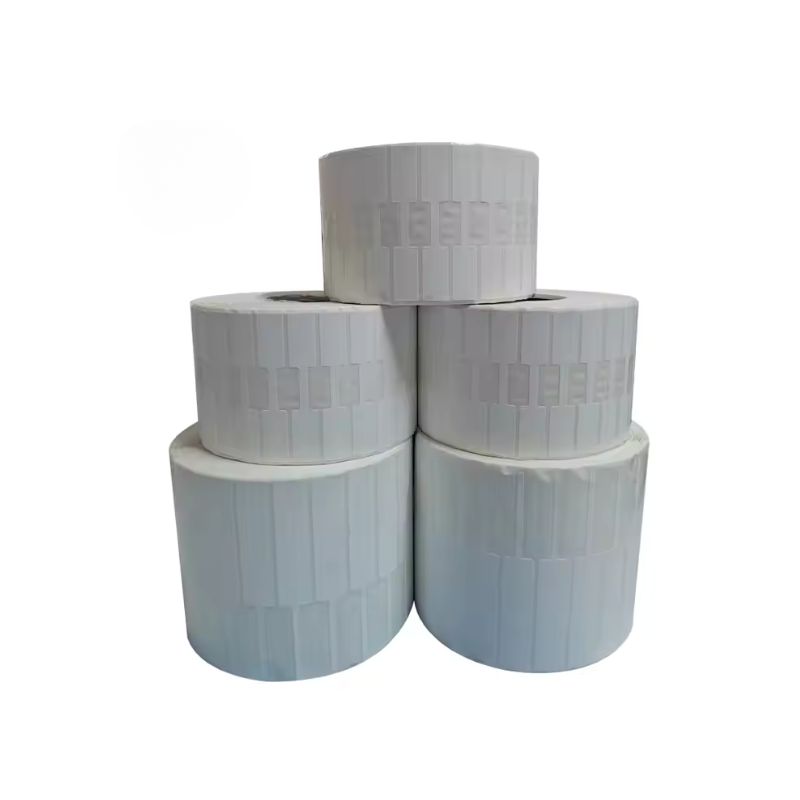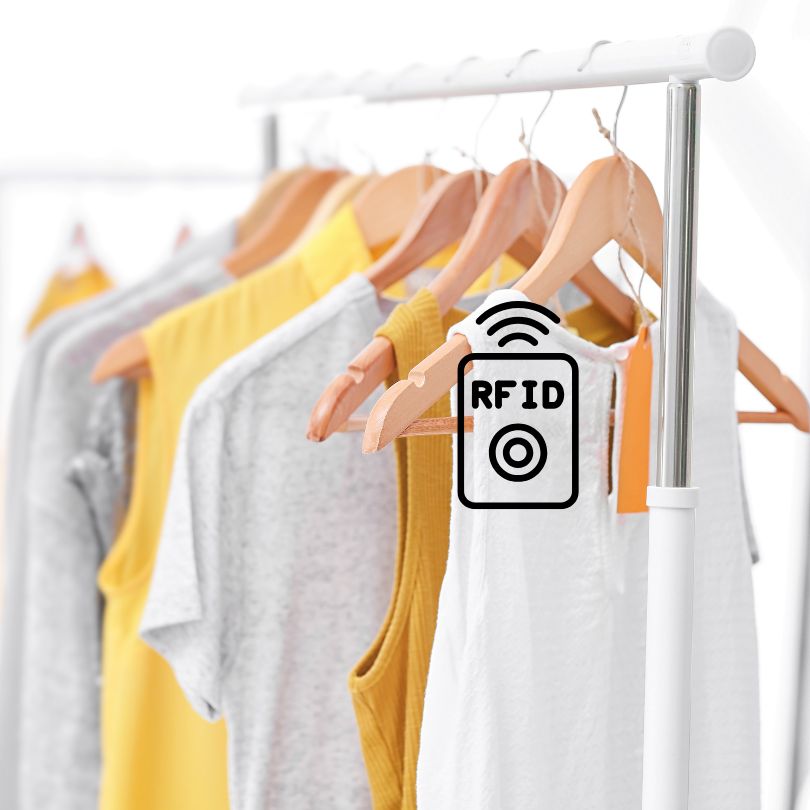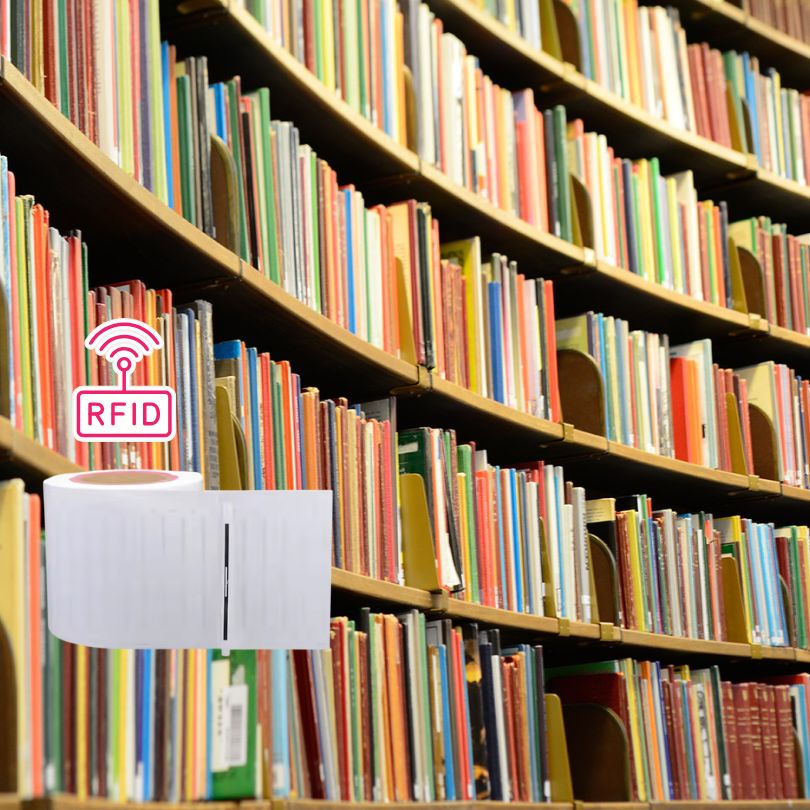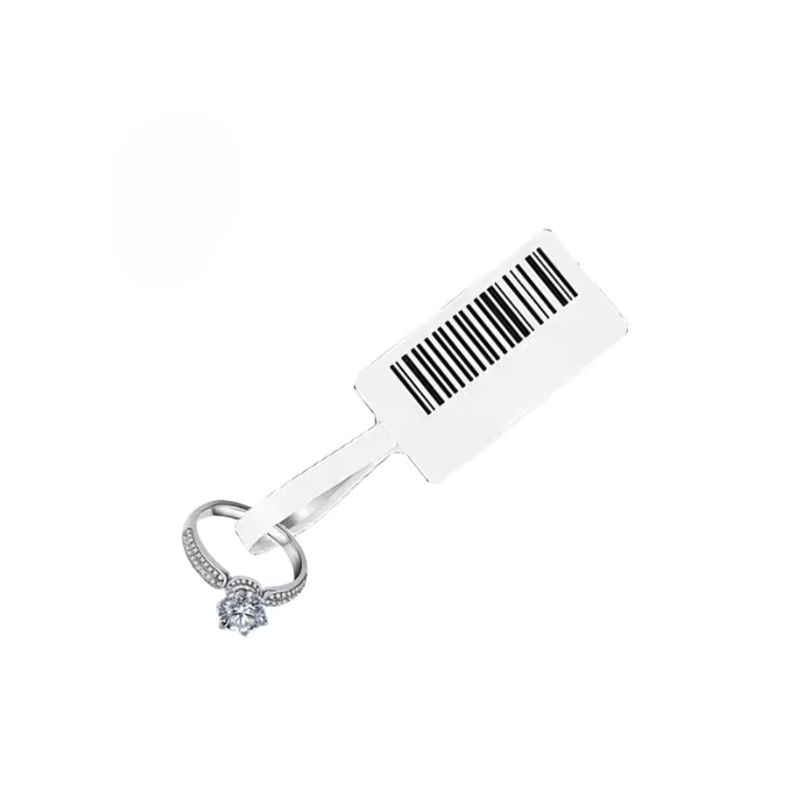
Related Blog

How do RFID Security Tags Work
RFID (Radio Frequency Identification) tags have become ubiquitous in retail and other industries, serving as a powerful security and inventory management tool. You’ve likely encountered them as the small, often discreet security tags attached to merchandise. But have you ever wondered how these tags work?

How Do RFID Tags Work
This article demystifies the inner workings of RFID technology, focusing on how RFID tags work to transform operations across diverse sectors.
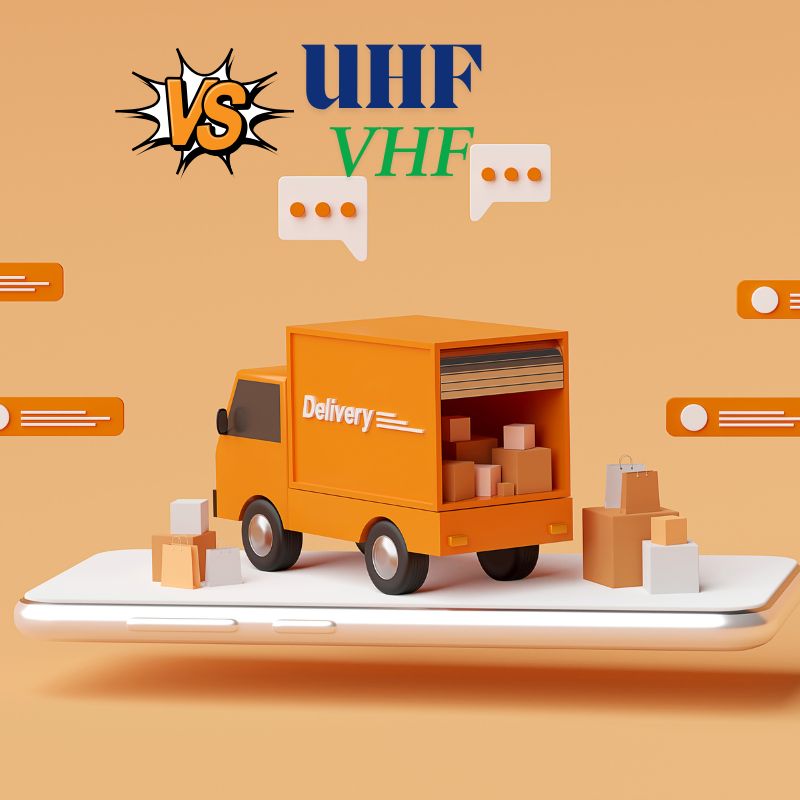
UHF vs VHF: Deciding the Right Frequency for Your Operations
When it comes to choosing the right radio frequencies—be it for Retail, Logistics and Supply Chain, Transportation and Parking Management, Manufacturing, Healthcare, Asset Management and Security, Agriculture and Livestock Management, Education and Library Management, or Apparel and Textiles—it often comes down to UHF vs VHF.
